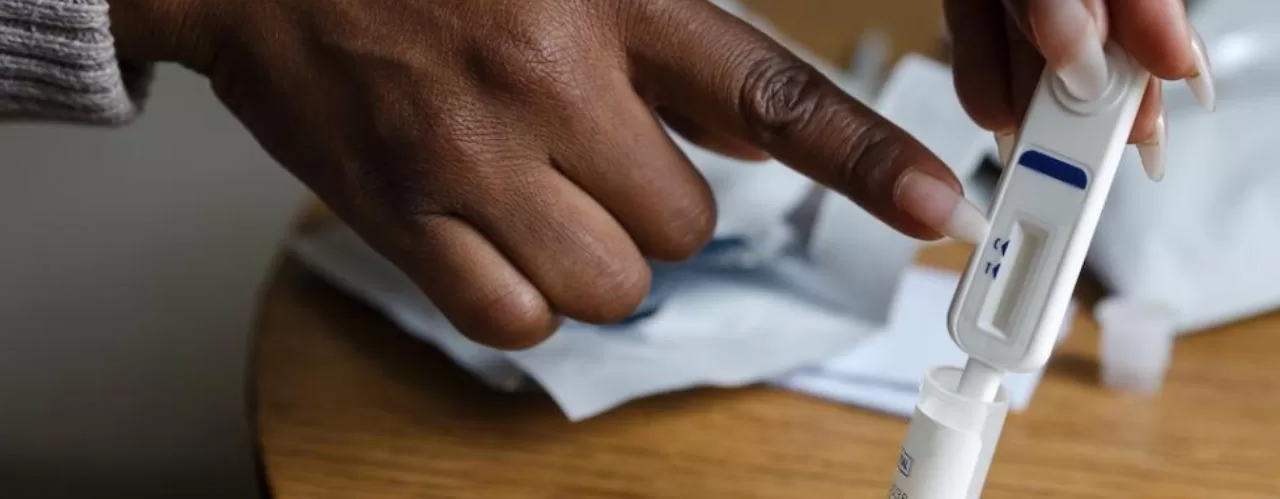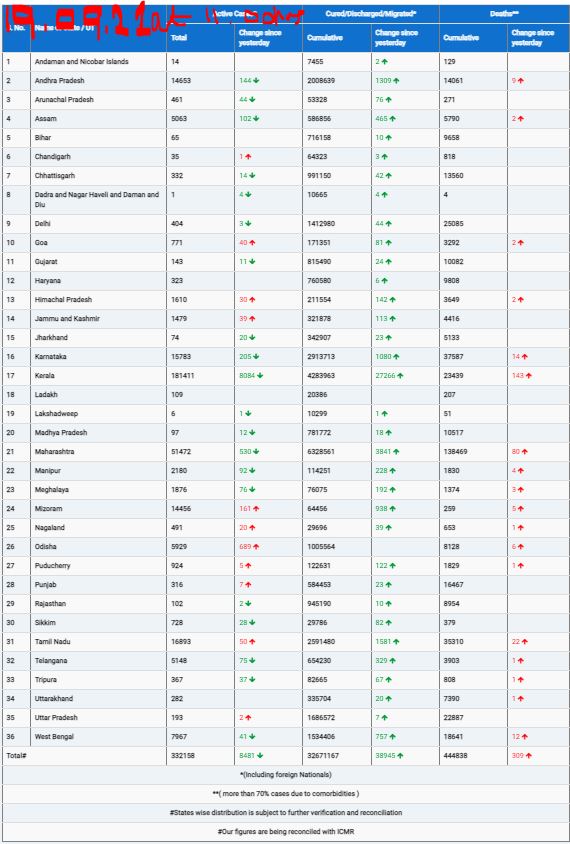A new study warns that drastic cuts in international funding for HIV programs could lead to a catastrophic resurgence of the virus, potentially resulting in millions of additional infections and deaths by 2030. The findings highlight the devastating impact of recent policy changes, including a pause on U.S. foreign aid and significant reductions from other major donor nations.
The study, published by researchers, projects that a 24% reduction in international HIV spending, coupled with the potential discontinuation of the U.S. President’s Emergency Plan for AIDS Relief (PEPFAR), could result in 4.43 million to 10.75 million additional HIV infections and 770,000 to 2.93 million extra HIV-related deaths between 2025 and 2030.
The United States has historically been the largest donor to international HIV assistance, providing 73% of funding in 2023. However, a recent pause on U.S. foreign aid, ordered by the Trump administration in January, has significantly disrupted these programs. Furthermore, other major donors, including the United Kingdom, France, Germany, and the Netherlands, have announced cuts of 8% to 70% in their 2025 and 2026 international aid budgets.
Researchers used a mathematical model to estimate the impact of these cuts on 26 low- and middle-income countries, which represent roughly half of the global population living with HIV in these regions. The model projects the number of new infections and deaths under various funding scenarios.
The study’s findings indicate that the worst-case scenario, involving both the 24% cuts and the discontinuation of PEPFAR, could reverse decades of progress in combating the HIV epidemic. “If funding cuts continue, the world could face higher rates of annual new HIV infections by 2030 (up to 3.4 million) than at the peak of the global epidemic in 1995 (3.3 million),” the study warns.
Sub-Saharan Africa, where nearly two-thirds of people with HIV reside, is expected to be disproportionately affected. Vulnerable populations, including people who inject drugs, sex workers, men who have sex with men, and transgender individuals, are also at increased risk. The Asia-Pacific region, which received substantial international funding in 2023, is also expected to see a significant rise in HIV cases.
The researchers acknowledge limitations in the available data and uncertainty in their analysis. However, they emphasize that their estimates are likely conservative and that the true impact of the funding cuts could be even more severe.
The potential consequences of these cuts extend beyond increased infections and deaths. They could also undermine progress in achieving global health goals and strain already fragile healthcare systems in low- and middle-income countries.
Disclaimer: This article is based on information provided by The Conversation and summarizes the findings of a research study. The projections and estimations presented are based on mathematical modeling and are subject to uncertainties. The actual impact of foreign aid cuts on HIV infections and deaths may vary. Readers should consult with healthcare professionals and relevant authorities for the most accurate and up-to-date information.












